It’s Not About the Product You Build. Here's What You Actually Need to be Doing.
Founder OS: A data‑driven founder’s playbook to avoid feature bloat and scale smart.
During the early days, everything moves fast. You close your seed round, hire a dozen people, and start shipping at a furious pace. But then, it feels as if the clock has stopped. Meetings multiply. Priorities blur. Release dates slip.
And you’re not alone. Apparently, 74% of high-growth startups fail because they scale prematurely or without a clear operating model. The irony is that many of these teams had great products.
Now picture the outliers. The ones McKinsey found investing early in operating models, management cadences, and role clarity. They scaled headcount without drowning in complexity. They shipped consistently. Their founders weren’t stuck approving every decision, they managed to build a machine that ran without them.
This isn’t a story about building more. It’s about building better. Because great founders architect systems that protect focus, remove bottlenecks, and keep feature bloat from smothering momentum. This playbook will show you how to do it.
Table of Contents
1. The Anatomy of Scaling Failure
2. The Systems-First Mindset: Why and How
3. The Feature Bloat Trap, And How to Escape It
4. Building the Right Systems: A Startup’s Scaling Blueprint
5. The Systems Builder’s Checklist
6. Founders as System Architects
1. The Anatomy of Scaling Failure
Early traction hides a lot. Once hiring accelerates and customers expect a steady cadence, the same habits that got you to product-market fit start to work against you. You can identify this early by being aware of these four dysfunctions.
The Founder Bottleneck
When every roadmap decision, pricing tweak, or cross-team trade-off still routes through the founder, execution slows down. Information piles up at the top, teams wait for approvals, and speed collapses as complexity rises.
LBM calls this “extending the founder’s energy” instead of building a business that runs without you, which is a pattern that predictably stalls growth.
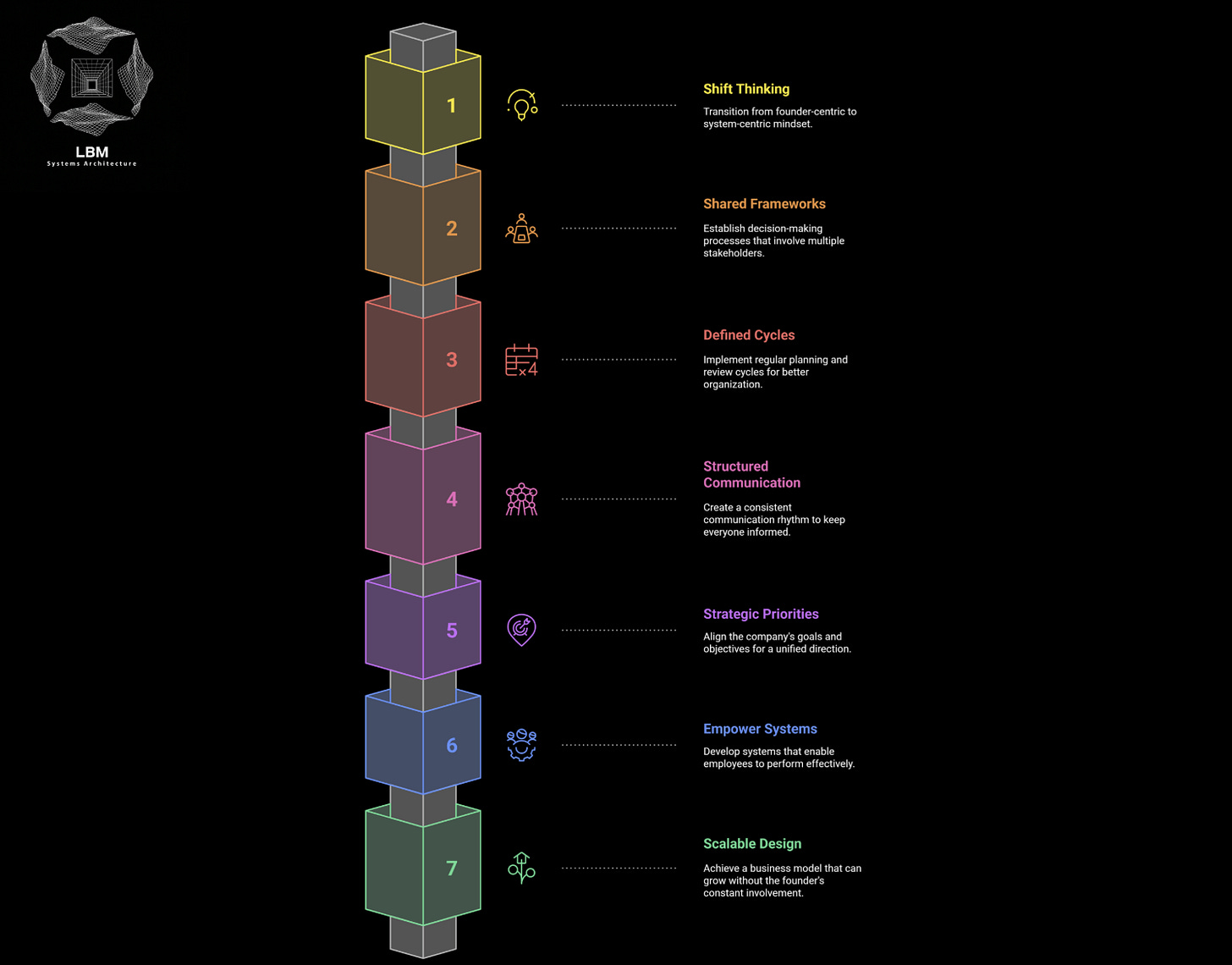
McKinsey’s work on the “scale-up conundrum” confirms this belief. What got you to early success stops working at scale unless you change the operating model.
Unclear Roles & Priorities
After the first dozen hires, tribal knowledge breaks. If roles, decision rights, and priorities aren’t explicit, teams pull in different directions. Everything scatters.
Strategy ends up living in Slack, roadmaps keep shifting, and outputs dilute. Even strong companies leave value on the table due to operating-model gaps, a symptom of murky ownership and weak management cadence.
Feature Creep
Under pressure from customers, sales, and competitors, the product absorbs “just one more thing.” Launches slip, UX clutters, and maintenance costs compound. This is called “feature creep” and is defined as the slow buildup of unnecessary features that delay delivery and dilute focus.
Here’s what you need to know: usage data suggests 80% of features in typical software are rarely or never used. That’s wasted code, cognitive load, and ongoing upkeep that drags future velocity.
Tech & Ops Debt
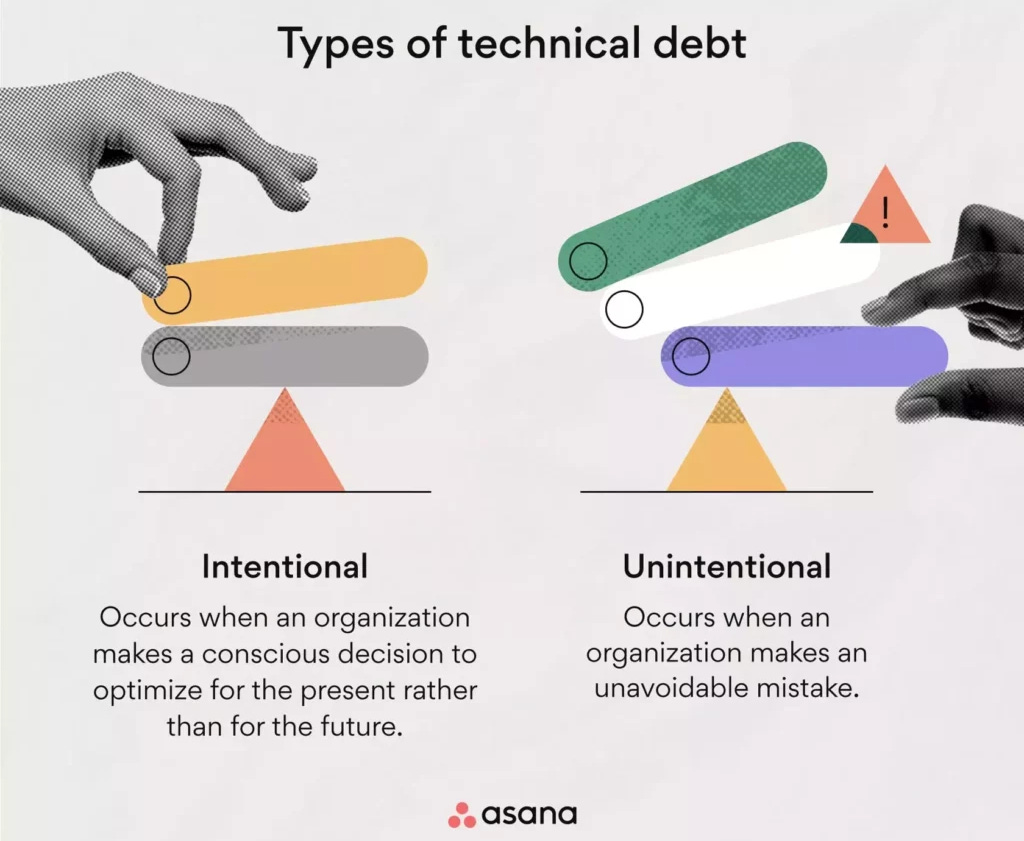
Rushing to ship without guardrails creates fragile systems. Debt accrues in code, tooling, and processes. That means every change takes longer, risks multiply, and morale erodes.
Empirical studies estimate teams spend roughly a quarter of development time dealing with technical debt, directly slowing new work. Practitioner data aligns: unmanaged debt compounds over time and turns even small updates into multi-week efforts.
Growth That Outpaces Systems
Startup Genome’s data puts a name to this pattern: premature scaling. This occurs when a company expands its team, roadmap, customer commitments and product features faster than it builds the underlying systems to support them.
In these cases, founders often retain control over too many decisions. They don’t delegate like CEOs. Project managers aren’t empowered to lead. Sales wins big customers who demand custom features that distort the product. The team builds fast, but releases become less hyped, the interface becomes bloated, and core engagement metrics flatten.
Startup genome finds that 74% of high-growth internet startups fail due to premature scaling.
The takeaway is that these failures aren't necessarily moral. They are mostly mechanical. If you recognize even one of these patterns, you’re not alone, and you’re not stuck. The fix is to architect systems that create clarity, enforce focus, and restore speed.
2. The Systems-First Mindset: Why and How
“System shipping” is the core of smart scale-ups. Not bureaucracy. Leverage.
The right systems create structural clarity, reduce cognitive load, and make execution repeatable so progress does not stall when the founder is busy. In other words, systems are force multipliers for focus and speed.
Pillar 1: Structure
Structure is how decisions get made. It’s about who owns what, and how work actually flows. Founders who treat the operating model like a product unlock the outcomes every scaling company wants: clarity, speed, skills, and commitment.
Make decision rights explicit. Define roles before hiring into them. Install a simple cadence for planning, reviews, and learning. This is how strategy turns into consistent delivery, not just good intentions.
PostHog is a great example. They run as a “wide company” with small, autonomous teams that fully own products end-to-end. Fewer layers, faster loops, clearer ownership. Their handbook spells out the model so teams do not wait on approvals to move.
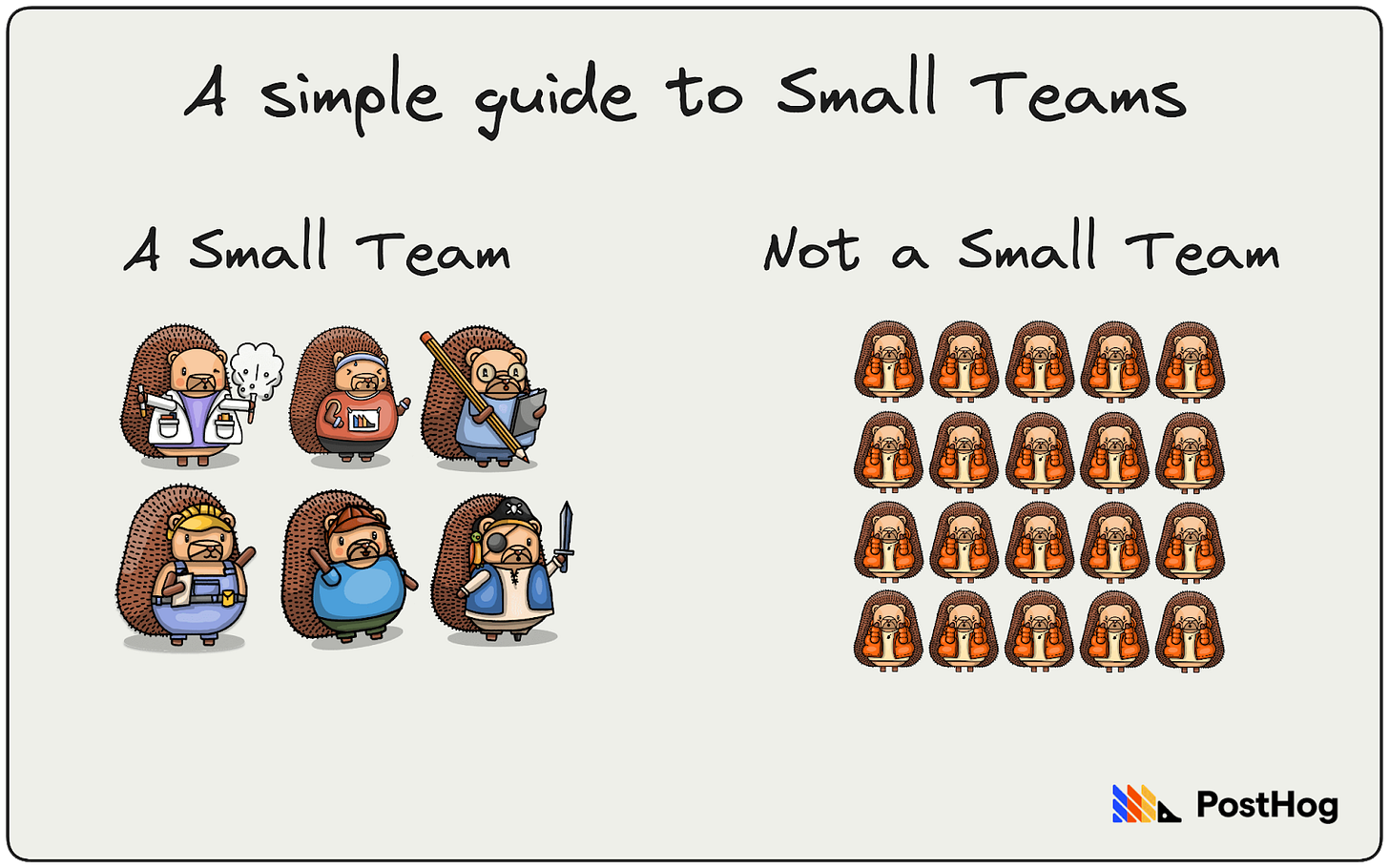
Pillar 2: Focus
Focus is a system too. It is the discipline to choose a few problems that matter and say “not now” to everything else. Without a mechanism for focus, nothing will ever be set in stone. No roadmaps, no priorities, no velocity.
Performance does not follow from strategy alone; you need an operating model intentionally designed for clarity and speed. Build a simple prioritization ritual, tie work to a small set of company goals, and review trade-offs on a cadence so “one more thing” does not hijack execution.
Let’s take PostHog as an example again. Engineers are product-minded and own sprint planning and specs, which tightens the link between goals and work and cuts handoffs that dilute focus.
Pillar 3: Leverage
Leverage is the combination of tools, automation, operating cadences, and hiring that removes the founder from the center of every decision. The best companies invest early in internal platforms that compress cycle time and raise the bar on quality.
Stripe is a case in point. Their culture is built on outsized emphasis on developer experience and internal tooling, which enables rapid, reliable shipping at scale. Dedicated teams built internal tools and platforms, staffed with senior ICs, so product teams move quickly without heroics.
Architect, don’t abdicate
Shipping systems is all about design. If you wait until the chaos arrives, then you are just extending the founder’s energy. Treat the company like a machine you are intentionally designing. That means clear roles, crisp decision rights, tight cadences, simple tools. When you do, speed comes from clarity, not from adding more people or features.
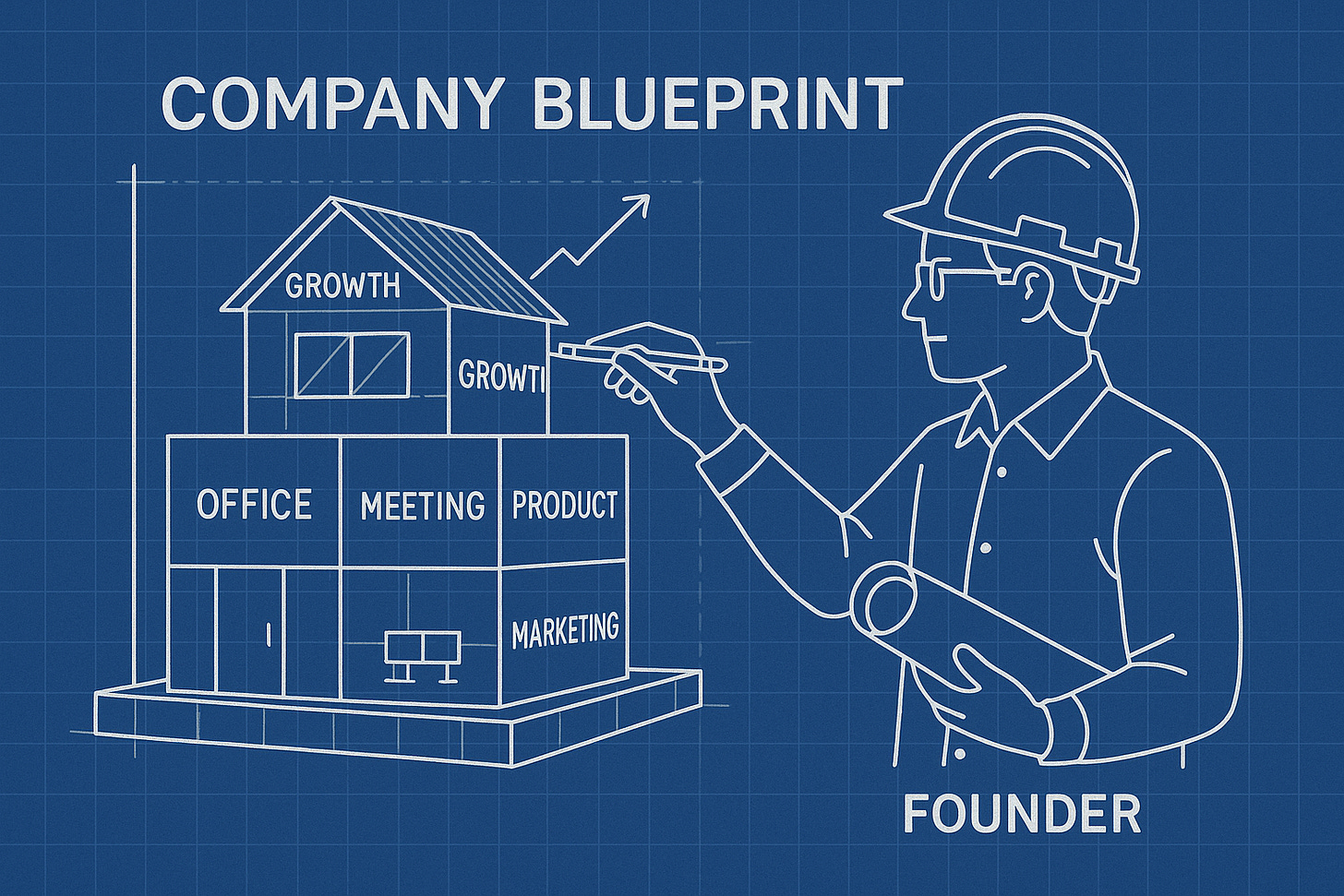
Step into the role of an architect. Codify structure, install a focus mechanism, and invest in leverage. Do this early, and your product teams will ship faster with fewer meetings, cleaner handoffs, and far less fire-drill work.
3. The Feature Bloat Trap, And How to Escape It
Feature bloat is the slow, often invisible build-up of features that don’t pull their weight.
The paradox is that it usually starts with good intentions, such as responding to a big customer request, adding something a competitor just launched, or accommodating an investor’s suggestion. Each addition feels harmless.
Over time however, these extras pile up like compound interest in reverse: they inflate the user interface (UI), slow performance, and drain team energy.
We’ve seen the pattern before. Google Wave promised to reinvent online collaboration but shipped so many overlapping features at once that no one could figure out what to use it for.
Windows Vista launched with an overstuffed codebase that bogged down performance and triggered mass user backlash.

It’s not unusual to find a product where 80% of shipped features are rarely or never used, especially in SaaS. That’s a massive investment of design, engineering, and QA time with almost no return.
The True Costs of Bloat
Increased maintenance burden – Every extra feature adds testing, documentation, and integration points that must be kept alive, even if usage is near zero.
Confused users – A cluttered interface hides the product’s core value and slows onboarding. Clarity drives conversion while clutter kills it.
Slower delivery and higher bug rates – More code means more potential conflicts. Minor updates become risky and slow to ship.
Wasted dev time – Teams spend cycles polishing or fixing features that don’t move retention, revenue, or engagement.
How to Escape the Trap
The solution isn’t to stop shipping, but to ship with discipline.
1. Validate before building:
Test with landing pages or “coming soon” screens to gauge demand.
Use fake doors - clickable elements that measure interest before you build the backend.
Run quick user interviews or prototype tests to confirm the problem is real.
2. Prioritize with frameworks that enforce trade-offs:
RICE: Score features on Reach, Impact, Confidence, and Effort to focus on high-impact, low-effort bets.
MoSCoW: Classify requests as Must, Should, Could, or Won’t for this cycle, and hold the line.
North Star Metric: Align all feature work to the single metric that best reflects long-term value creation.
Opportunity Solution Trees: Map the problems worth solving before jumping to solutions, so the team can see why certain features make the cut and others don’t.
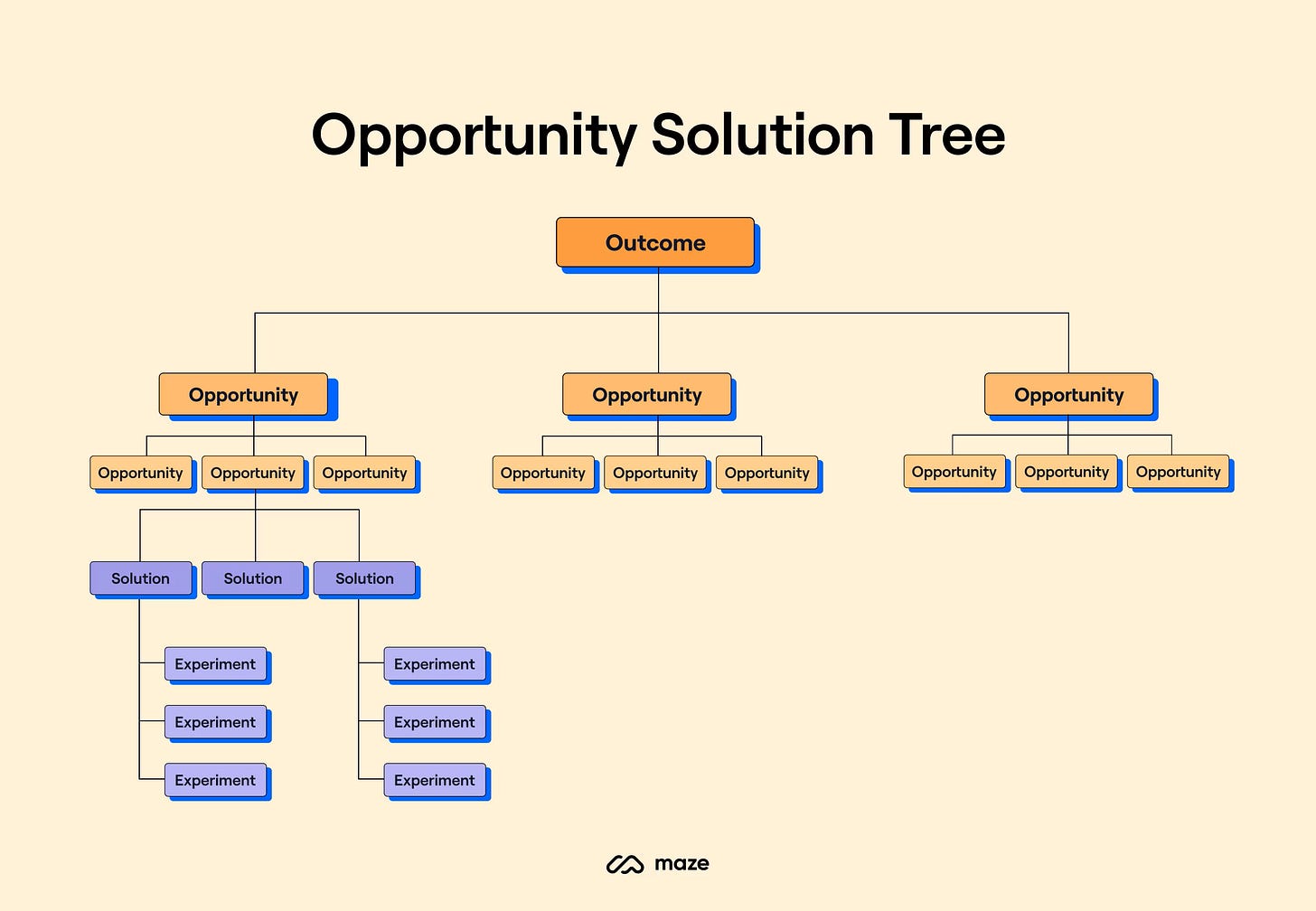
Founders who avoid bloat treat feature shipping like capital allocation. That means every line of code must justify its cost. They prune what’s unused, validate before they build, and align every addition to the company’s long-term goals.
Don’t mistake this for just minimalism. The secret lies in protecting speed, clarity, and the product’s ability to win.
4. Building the Right Systems: A Startup’s Scaling Blueprint
Here is a practical blueprint you can put in place this quarter. Four system layers, each with concrete moves that raise clarity and speed.
1) Technical Systems
Your goal is to make change cheap and safe so teams ship often without chaos and emergencies.
Set up Continuous Integration (CI) and Continuous Delivery (CD) early. Automate build, test, and deploy from day one. Elite engineering orgs that master these practices ship far more frequently and keep change-failure rates in the 0–15% range, a key DORA benchmark for healthy delivery.
Prioritize refactoring and modular architecture. Keep services small, interfaces clear, and dependencies explicit so local changes don’t ripple across the codebase.
Create scalable test environments. Use ephemeral or on-demand environments for every PR so product and QA can validate in isolation before merging.
Why this works: Research links continuous delivery with faster bug fixes and shorter release cycles, which compounds velocity as the codebase grows.
Tactics to install this week:
Choose a trunk-based workflow. Require green tests to merge.
Gate production deploys behind automated checks and a one-click rollback.
Track DORA metrics on one dashboard by deploying frequency, lead time, change failure rate, and time to restore.
2) People & Role Systems
This is where you remove ambiguity so teams act without waiting on you.
Define roles and decision rights. Use a RACI or Responsible/Accountable map for core decisions so ownership is explicit. Keep it short, visible, and updated.
Set weekly rhythms that support decentralization. Short standups for flow, weekly reviews for outcomes, retros for learning, and real 1:1s for unblockers.
Invest in documentation and async tools. A living handbook, decision logs, and recorded demos become the single source of truth that scales beyond meeting rooms.
Tactics to install this week:
Publish a one-page RACI for roadmap, incidents, hiring, and pricing.
Put your operating cadence on the calendar for the next 90 days.
Adopt a lightweight decision memo template and link it in every Jira or Linear epic.
3) Discovery & Data Systems
Protect the roadmap from anecdotes. Make learning continuous and visible.
Embed discovery rituals. Run ongoing customer interviews, prototype tests, and quick surveys each sprint so you are always validating problems before solutions.
Instrument the product. Use analytics, churn interviews, and session replays to see what users do, not just what they say.
Visualize options before you build. Use Opportunity Solution Trees to connect desired outcomes to customer opportunities and candidate solutions, which keeps teams aligned on why something matters.
Tactics to install this week:
Add a discovery line to each epic: “evidence we will gather before code.”
Review activation, retention, and one North Star metric in the same weekly ritual.
Maintain one OST per goal so trade-offs are explicit and testable.
4) Roadmapping & Planning Systems
Create a simple planning surface that aligns everyone without freezing flexibility.
Use “goal–scope–timeline–risk” one-pagers. One page per initiative that states the outcome, the minimal scope to achieve it, the rough timeline, and the known risks. This prevents scope from expanding mid-flight.
Run quarterly roadmap reviews. Set themes and outcomes by quarter, then let teams break work into sequenced increments. Outcome-based timelines improve visibility without promising fake dates.
Build in kill-switches. Define in advance how you will unship or hide low-usage features, and the data threshold that triggers that decision.
Tactics to install this week:
Convert your current feature list into three quarterly outcomes with draft one-pagers.
Add a “sunset” checklist to your release template: usage target, review date, rollback path.
Schedule a 60-minute cross-team roadmap review every quarter with decisions documented in the same place.
Bottom line: when these four systems are in place, teams know what to build, how to build it, and when to cut it. You get reliable shipping without bloat, and the company starts to scale on method instead of momentum.
5. The Systems Builder’s Checklist
A high-leverage founder doesn’t just know the principles. They build operations off them.
Here’s a field-ready checklist distilled from the playbook above. Drop it into Notion, print it on your wall, and review it monthly.
Audit your current roadmap and kill or defer low-impact features.
Define decision rights and publish a one-page RACI for key areas.
Install CI/CD pipelines with automated testing and one-click rollback.
Review activation, retention, and your North Star metric weekly.
Prune unused or low-usage features on a regular cadence.
Validate new ideas with fake doors, landing pages, or prototype tests before building.
Prioritize features using RICE, MoSCoW, or Opportunity Solution Trees.
Document roles, cadences, and operating principles in an accessible handbook.
Run quarterly roadmap reviews with “goal–scope–timeline–risk” one-pagers.
Embed discovery rituals into every sprint to keep work tied to real user problems.
Choose one to implement this week. Momentum starts with a single deliberate move, and compounds when you make it a system.
6. Founders as System Architects
Scaling well is all about smarter over faster. Products win when the company behind them runs on clear roles, focused priorities, and repeatable ways of working. That’s why systems-first thinking is the most sustainable founder mindset.
Your highest-leverage job isn’t adding one more feature. It’s not shipping another product. Another tier. Your highest-leverage job is designing the architecture that lets your team ship the right things, at the right speed, without you in every decision.
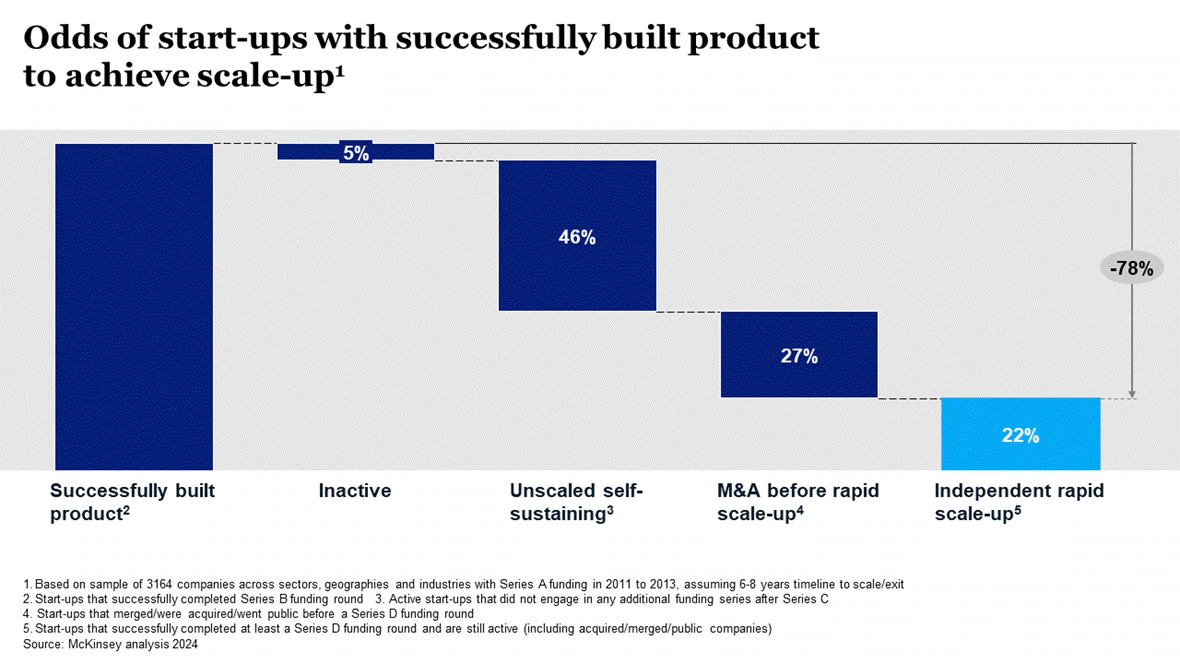
The Systems Builder’s Checklist is a place to start. Pick one action, whether it’s pruning unused features or installing a prioritization framework, and make it operational this week.
Because in the long run, it’s not the founders who try to do everything who win, it’s the ones who design systems that make the company faster, clearer, and more resilient.
Shipping systems builds freedom, not constraints. That freedom is what gives you the space to think, lead, and build the kind of product, and company, that endures.
Read more from Founders Corner:
CEO-Level Strategies for Confident Negotiation
How to Delegate Like a Founder CEO
Co-Founder Conflict 101: Should You Stay Together or Part Ways?





You’ve captured that all-too-familiar startup moment: whirlwind speed gives way to chaos, and suddenly every tiny decision seems to stall the engine. The switch from “doing everything myself” to “designing systems that do it for me” reads not just as smart advice but as startup survival 101. The bit about proactive structure making space for clarity and pace? Brilliantly or rather, practically - powder‑keg stuff. Bottleneck relief, feature triage and playbooks sound like saviours, not preachy must‑dos.
So, tell me-which early signal in your journey made you realise that building systems must come before building features?
Great post !!